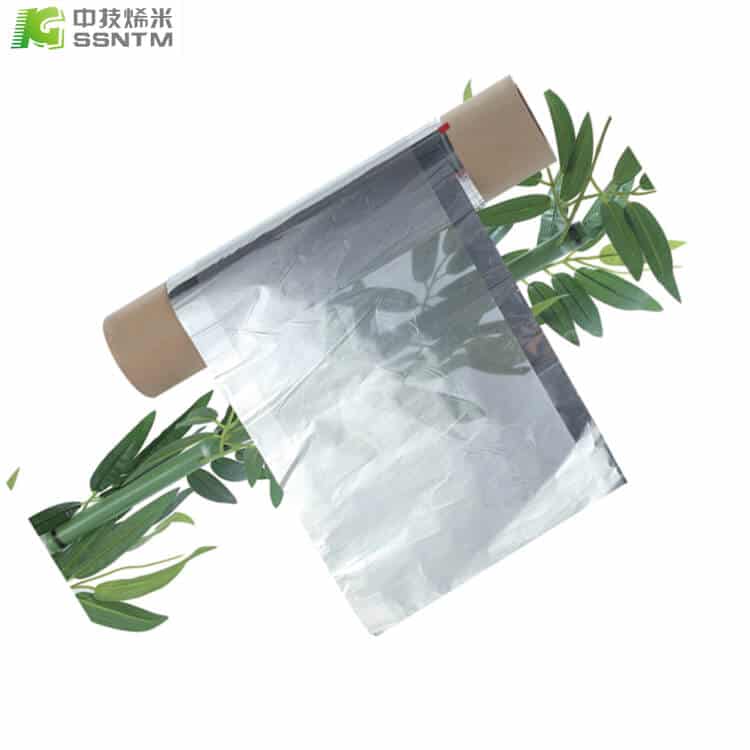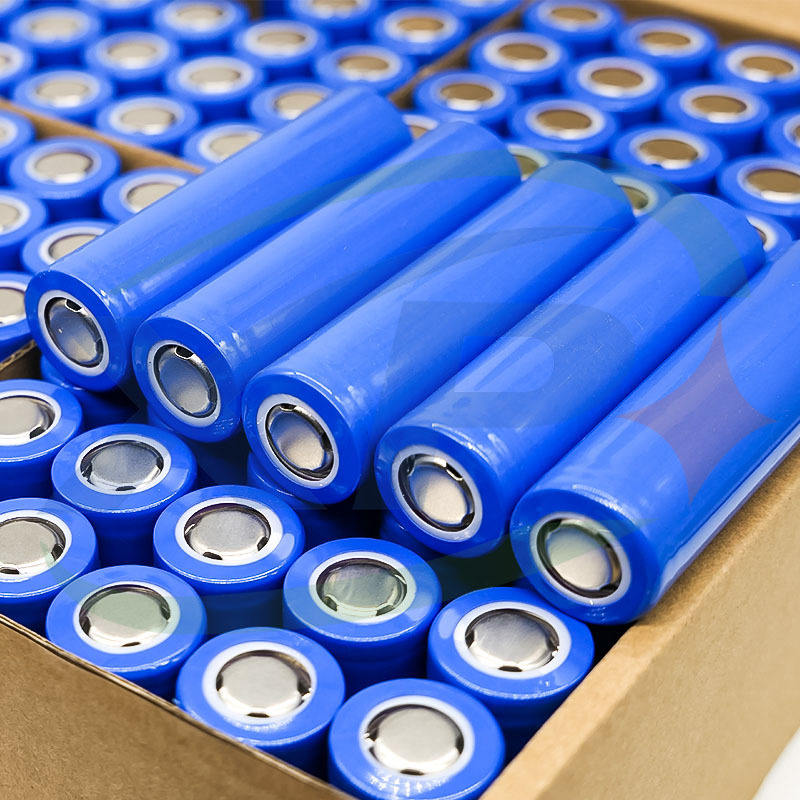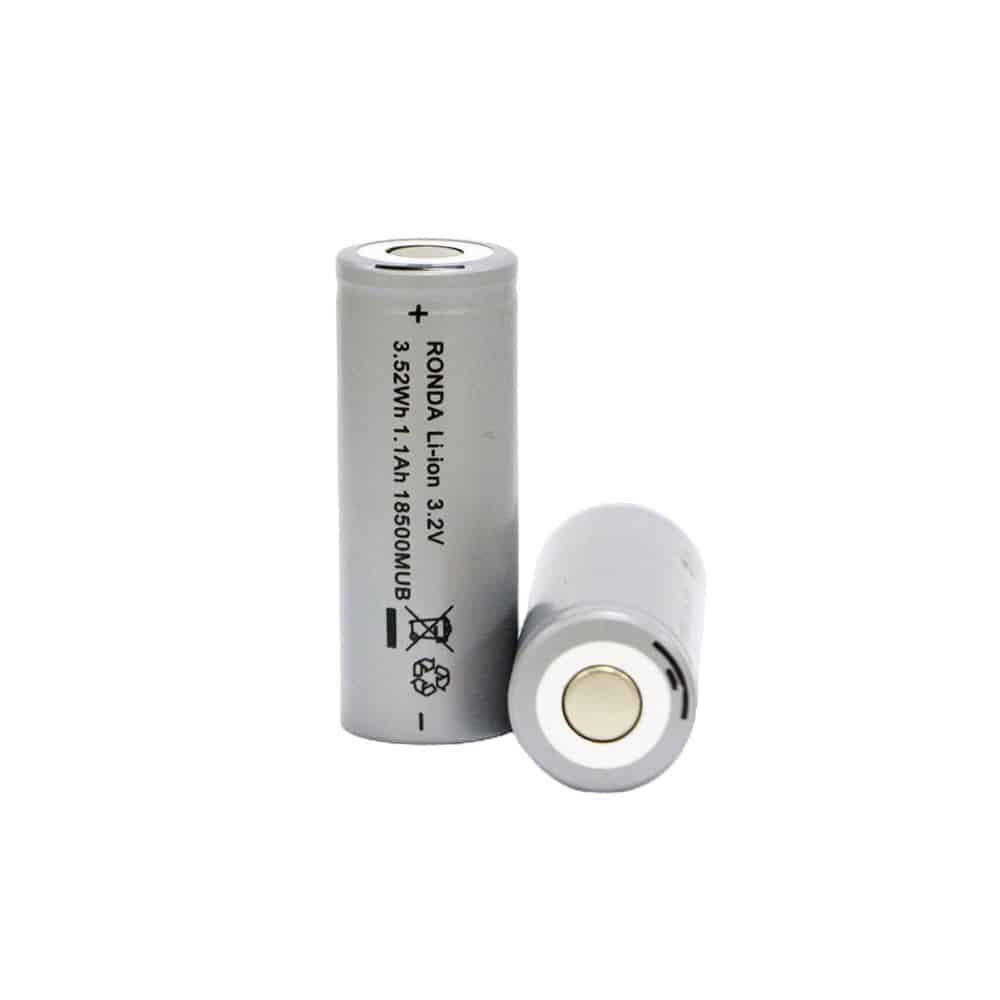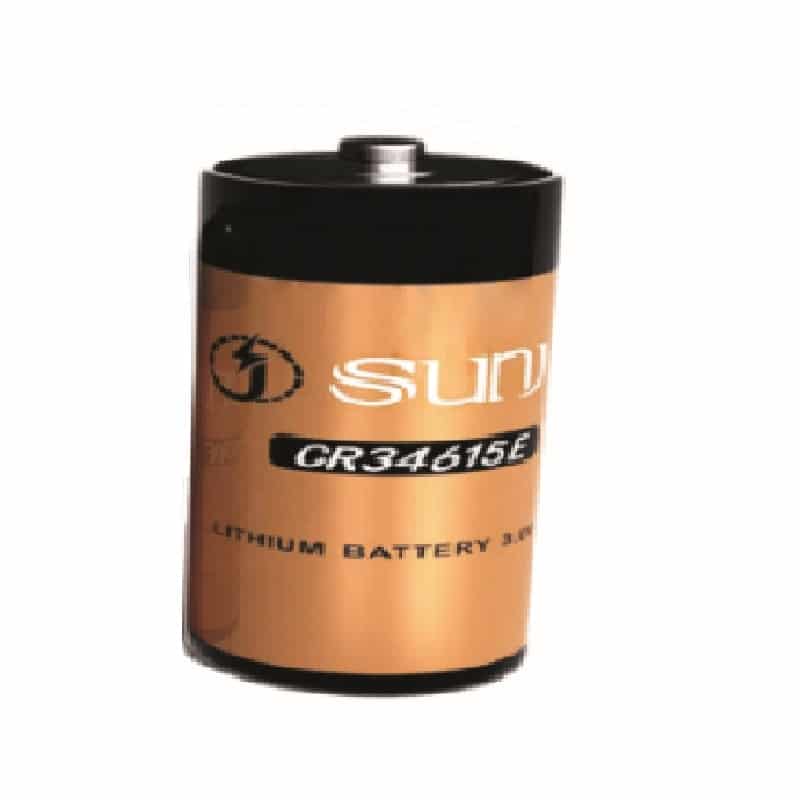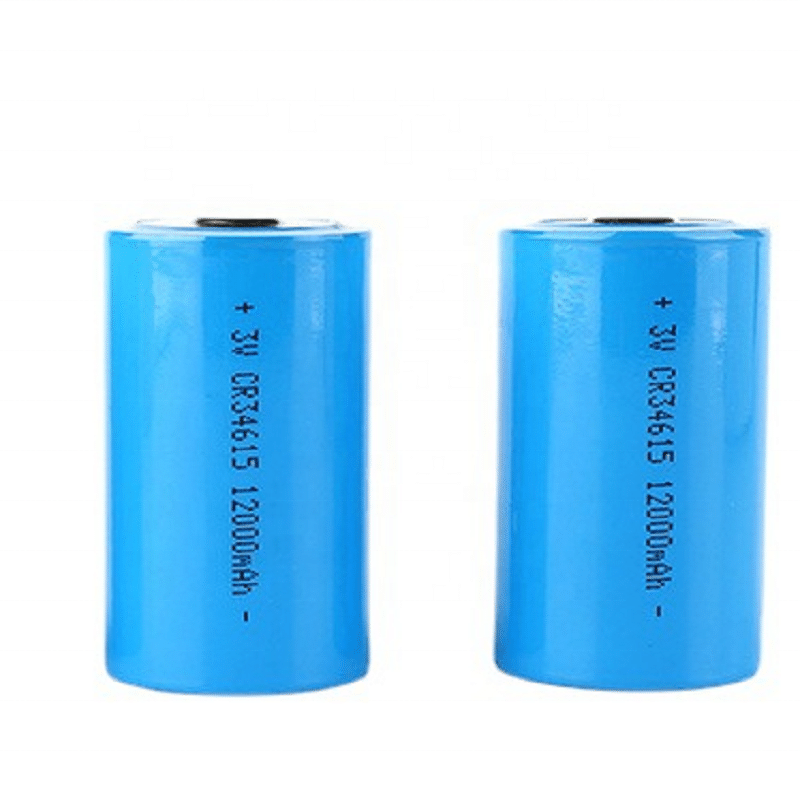what is current collector in battery
A current collector is an electrical component that collects and conducts electrical current in a circuit. It is typically a metallic conductor that is placed in contact with the active part of the circuit, such as an electrode in a battery or a contact point in an electronic device. The primary function of a current collector is to provide a low-resistance path for the flow of electric current. In addition, it may also serve other purposes such as heat dissipation, mechanical support, or chemical stability. The choice of material for the current collector depends on various factors such as conductivity, corrosion resistance, compatibility with other materials, and cost. Some common materials used as current collectors include copper, aluminum, silver, gold, and carbon-based materials.
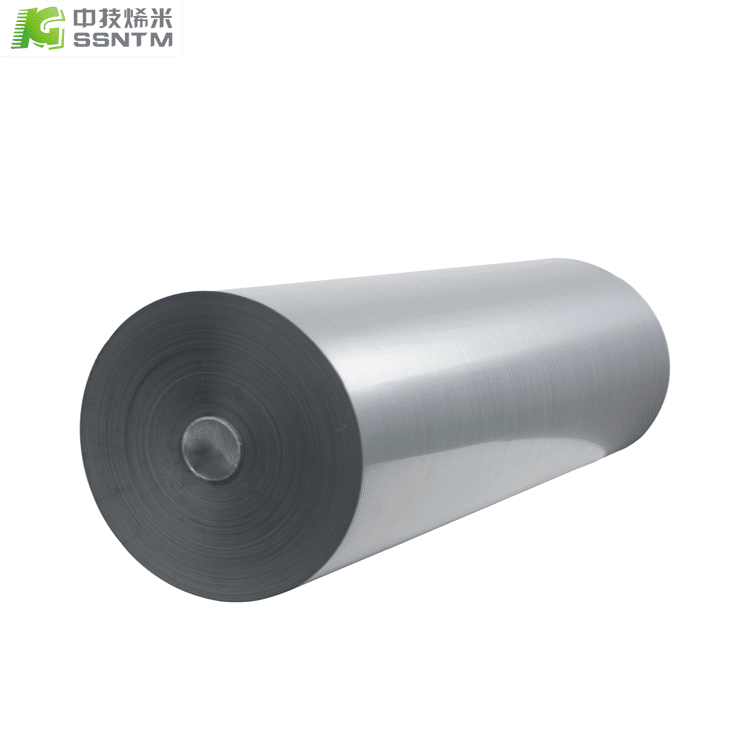
A current collector in a battery is an electrical conductor that collects and transports the electric current produced by the electrochemical reactions within the battery. It is typically placed on one or both sides of the electrode to improve the efficiency of the current collection process. The choice of current collector material depends on various factors, such as cost, conductivity, corrosion resistance, and compatibility with the active materials in the electrode. Some common materials used as current collectors include copper foil, aluminum foil, stainless steel foil, and carbon-based materials. The selection of the appropriate current collector is crucial for the performance and durability of the battery.

